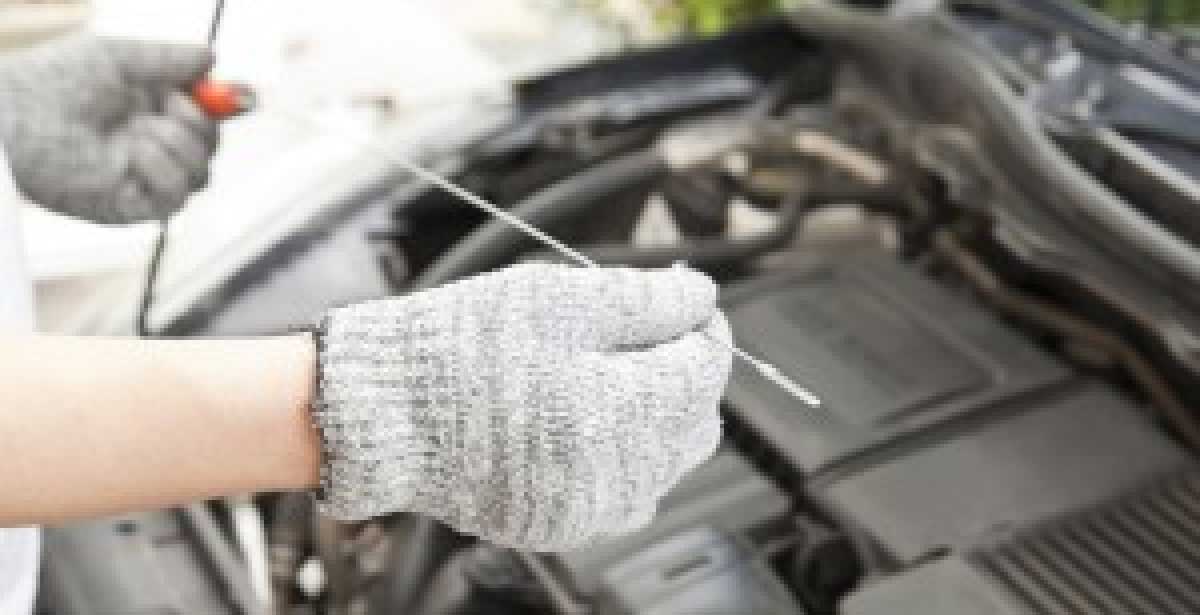
4 Easy Do-It-Yourself Auto Repairs and Maintenance
You depend on your automobile every day. And we know it’s important to keep your car well-maintained and running at peak efficiency. But auto repairs and maintenance can be costly. That’s why it’s a good idea to have a few do-it-yourself skills when it comes to your car. Here are 4 do-it-yourself auto maintenance and repairs that can save you time and money:
- Check and top off your oil. Oil lubricates all the moving parts inside your engine and gives them a cool and protective coating that helps prevent corrosion. It also carries impurities to the oil filter so stray particles don’t damage your engine. Without proper lubrication, your engine could “seize”—fail totally due to metal parts melting together—and require immediate and full replacement. So make sure your car always has sufficient oil! Park the vehicle on a level surface; turn off the engine and allow it to cool for 10-15 minutes. Use the dip stick in your car’s engine to determine the oil level. Adhere to the manufacturer’s recommended oil type and viscosity (found in your owner’s manual) and add the needed amount using a funnel. Older cars consume oil more quickly than newer cars, so it’s a good idea to check your oil frequently if you own an older model.
- Replace worn wipers. Your ability to see out of your windshield could save your life! That’s why it’s so important to make sure your wipers are not broken or worn. Check your manufacturer’s specifications and purchase the correct wipers for your car at an automotive supply store. Don’t be surprised if the right and left wipers are sized differently. For most cars, you’ll just need to remove and replace the rubber blade that touches the windshield. Just raise the metal arm of the wiper, and unhook the old blade. Then, replace with a new wiper, gently pulling on the arm to make sure it snaps fully into place. Many auto parts stores will even help you with the installation.
- Add windshield washer fluid. Dirty windows will also greatly limit your visibility. Winter weather, and the accompanying road salts and dirt, can make it impossible to see out your windshield without some cleaning. To add fluid, just open your hood and look for the cap that has the picture of wipers right on it. Pop it open and fill ‘er up! Keep a gallon of windshield wiper fluid secured in your trunk so you’ll always have it handy. It is important to use the correct fluid to prevent the fluid from freezing or damaging the vehicles finish.
- Check your tire pressure. Tire pressure is vital for the safe operation of your vehicle, but did you know that the air molecules in your tires take up less space in the winter? That means your tire pressure is apt to be lower in the cold weather so you’ll need to check it more frequently in the winter than in the summer. Before you check your tire pressure or add air, though, make sure you know the correct PSI (pounds per square inch) for your particular car and tires. You can find that information in your owner’s manual or right on the tire wall itself. Then, unscrew the tire valve cap and use an air pressure gauge to check your tires’ pressure. If you don’t have one, use the one attached to the air pump at your local gas station. If your tires need air, inflate to appropriate PSI, using the gauge to make certain you don’t overinflate. Newer pumps even allow you to set the desired PSI in advance and beep when you’ve reached it.
Do you have some of your own auto care tips? We’d like to hear about them. If you love cars and think you’d love working on them full-time, check out the automotive technology program at Porter and Chester Institute. We offer automotive technology career training at all nine of our campus locations in Connecticut and Massachusetts. Call us at 800-870-6789 to schedule a school today!






